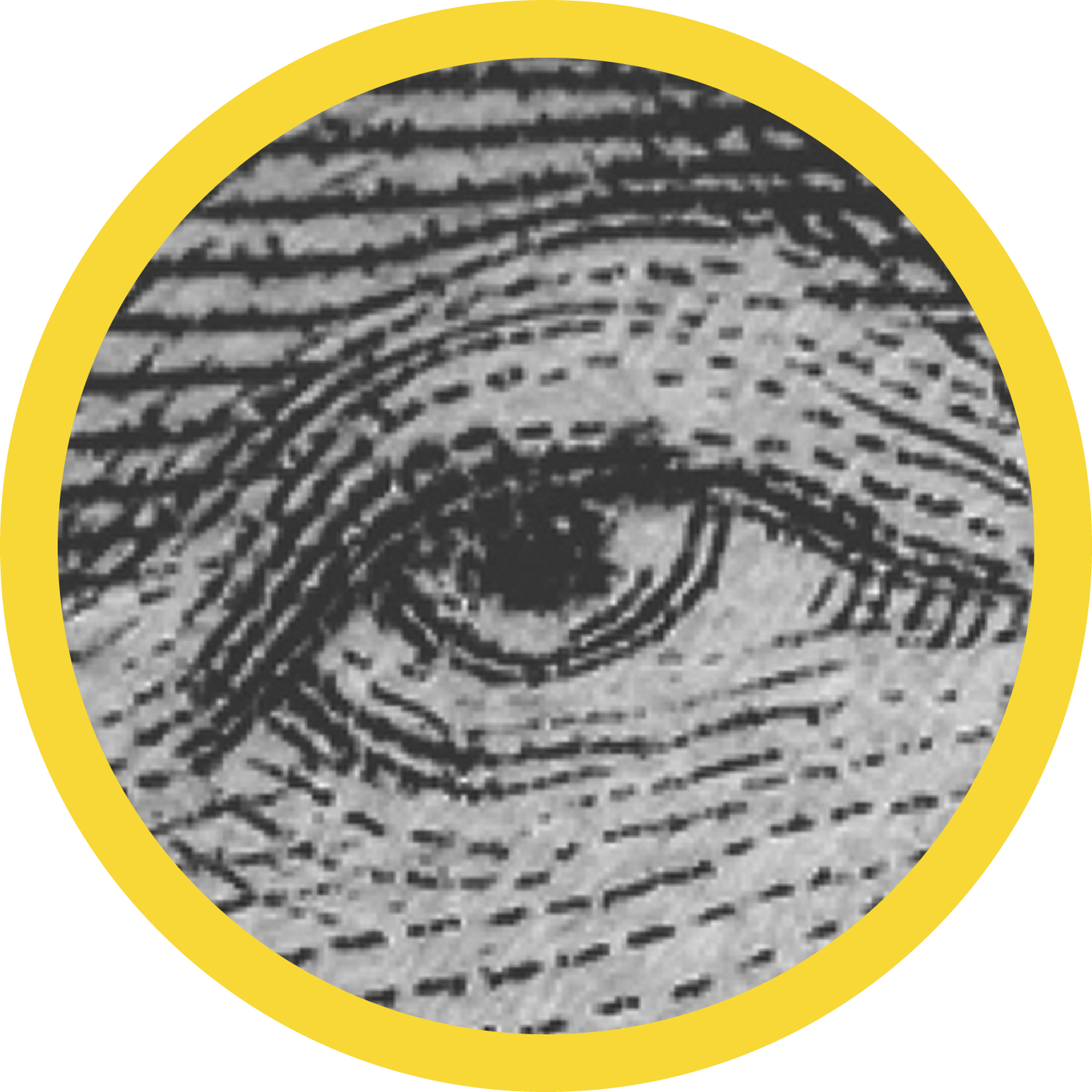Abstract
Assessing the Outcomes of Introducing a Digital Image Quality Control Review Into the Publication Process for Research Articles in Physiology Journals
Rita Scheman,1 Christina N. Bennett1
Objective
To address concerns that American Physiological Society (APS) journals were publishing photographs, mostly Western blots and DNA/RNA gel images, that had inappropriate and/or undeclared modifications, we introduced a postacceptance but prior to early-view publication quality control (QC) procedure in 7 journals using digital image forensic tools to check for image splicing, duplication, extreme contrast, and selective editing. We sought to assess whether the QC check effectively identified and corrected images with modifications prior to publication, and whether corresponding authors we have queried about their images after a QC check have submitted another manuscript without generating another QC query.
Design
We assessed the number of QC cases queried per year, image modifications identified, and manuscript outcomes categorized as no revision, revision, corrigendum, rejection, or retraction between 2009 and 2016. We also assessed the number of subsequent submissions of unique manuscripts by corresponding authors involved in initial QC queries and the outcomes of those subsequent QC checks. We report results for 3 time periods: 2009, when no article underwent the QC check unless concerns arose during figure preparation for final publication; 2010 to 2012, when the procedure was introduced in 7 APS journals one at a time; and 2013 to 2016 when all 7 journals used the QC check process.
Results
The QC checks were performed on 1.1% of research articles in 2009, 5.9% in 2010 to 2012, and 6.5% in 2013 to 2016. Implementation of the QC check reduced the number of corrigenda published (from 22/25 queries in 2009 to 0/71 in 2016) with a reciprocal increase in the number of revisions prior to publication (3/25 in 2009 to 65/71 in 2016). Since 2009, only 23 of 733 articles contained image modifications serious enough to rescind acceptance or retract the early view version. Since 2013, the proportion of QC queries has decreased 0.7% (95% CI, 1.2%-0.3%) each year (P = .03). Fifty-eight percent (190/326) of corresponding authors who received QC queries from us between 2013 and 2015 submitted another manuscript for publication to one of the journals, and only 8 were involved in a subsequent QC query.
Conclusions
Implementing a QC check for review of image modifications in accepted articles has achieved appropriate digital image presentation and publication as measured by a decline in corrigenda and author queries. The yearly decrease in the number of QC queries suggests that returning authors adhere to the journals’ image integrity guidelines.
1American Physiological Society, Bethesda, MD, USA, cbennett@the-aps.org
Conflict of Interest Disclosures:
Rita Scheman and Christina N. Bennett are employees of the American Physiological Society, and the data presented herein are derived from American Physiological Society submissions.
